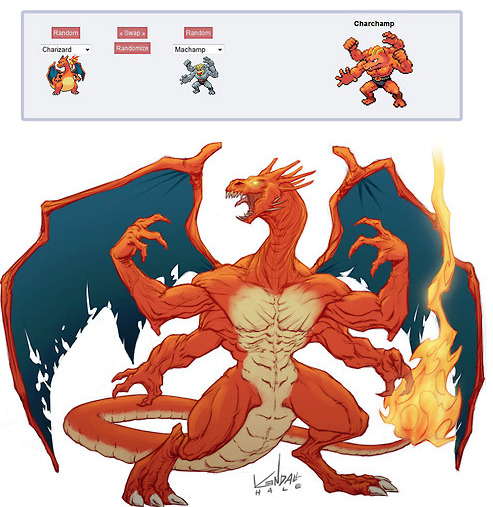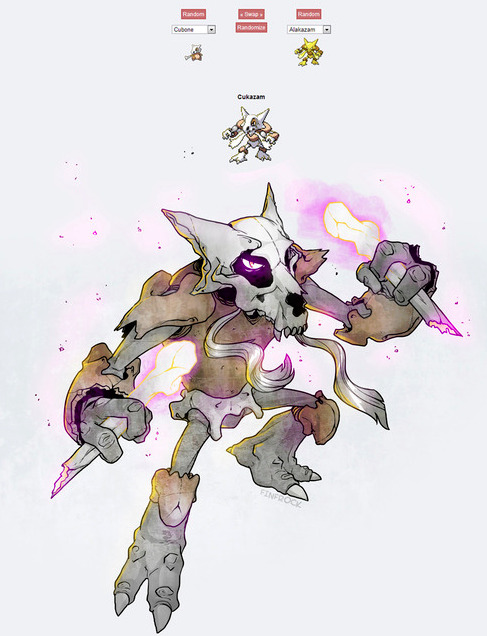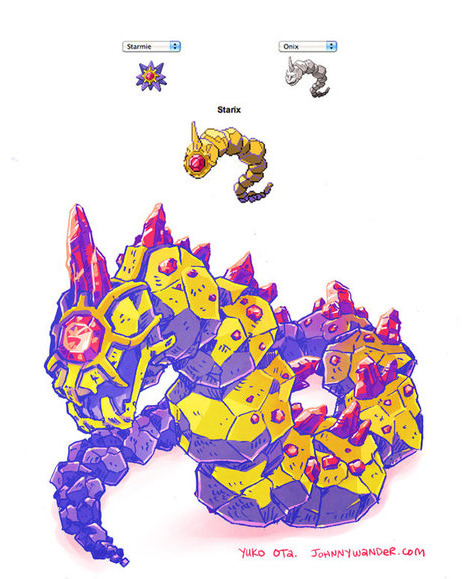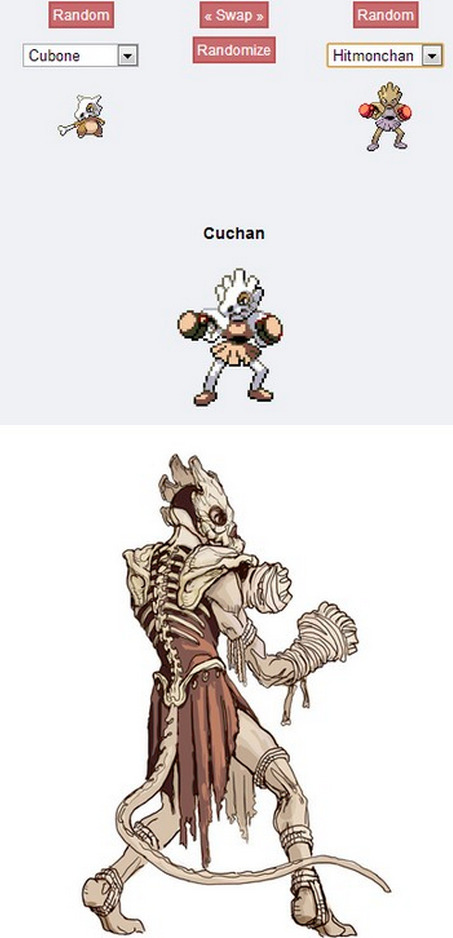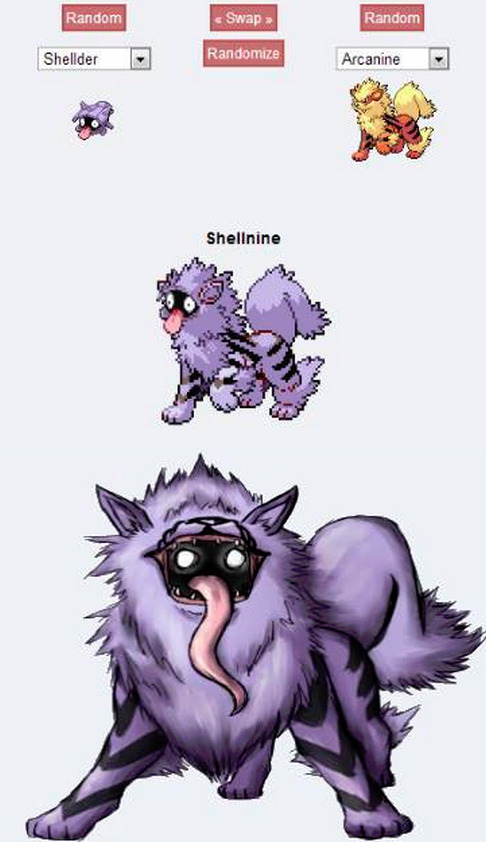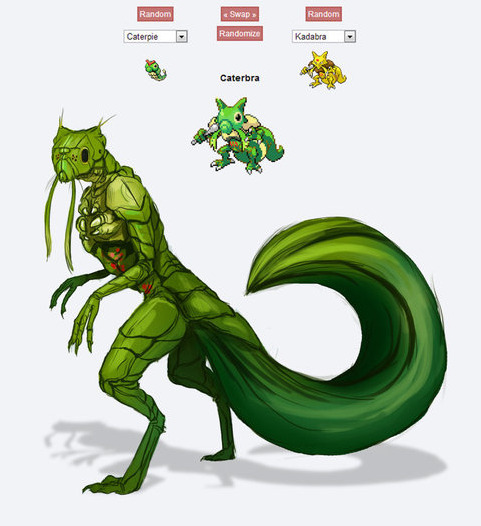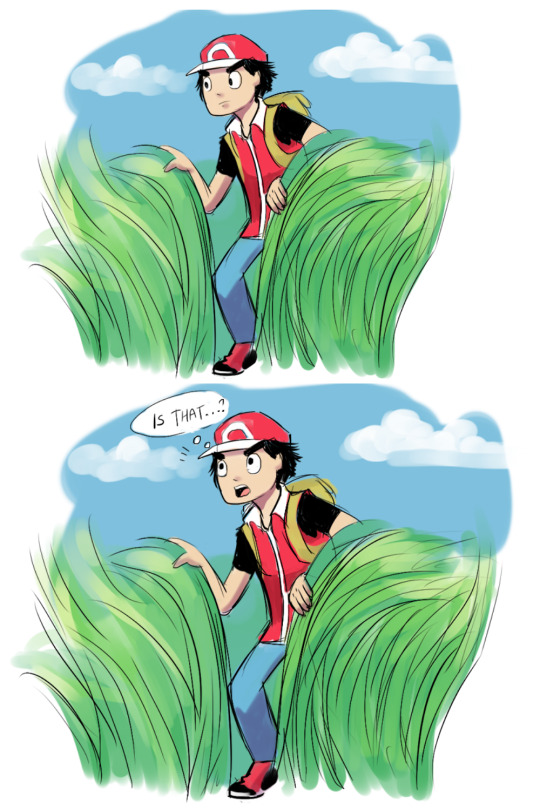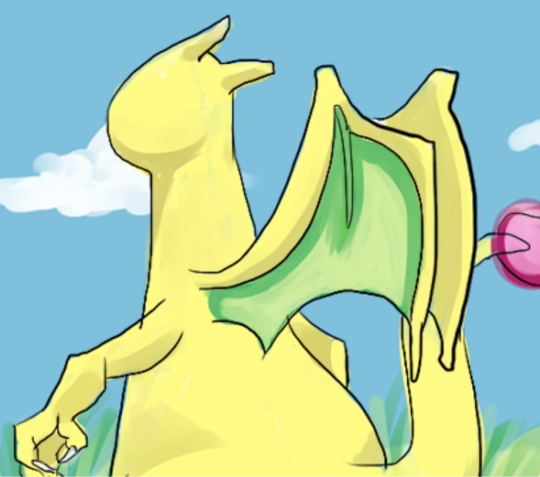The chill when speaking of the outer space, the ocean and dreams... THIS BLOG IS NSFW
Don't wanna be here? Send us removal request.
Photo

Deep Magellanic Clouds Image Indicates Collisions
(via APOD; Image Credit & Copyright: Yuri Beletsky (Carnegie Las Campanas Observatory, TWAN) & David Martinez-Delgado (U. Heidelberg) )
Did the two most famous satellite galaxies of our Milky Way Galaxy once collide? No one knows for sure, but a detailed inspection of deep images like that featured here give an indication that they have. Pictured, the Large Magellanic Cloud (LMC) is on the top left and the Small Magellanic Cloud (SMC) is on the bottom right. The surrounding field is monochrome color-inverted to highlight faint star streams, shown in gray. Perhaps surprisingly, the featured research-grade image was compiled with small telescopes to cover the large angular field – nearly 40 degrees across. Much of the faint nebulosity is Galactic Cirrus clouds of thin dust in our own Galaxy, but a faint stream of stars does appear to be extending from the SMC toward the LMC. Also, stars surrounding the LMC appear asymmetrically distributed, indicating in simulations that they could well have been pulled off gravitationally in one or more collisions. Both the LMC and the SMC are visible to the unaided eye in southern skies. Future telescopic observations and computer simulations are sure to continue in a continuing effort to better understand the history of our Milky Way and its surroundings.
138 notes
·
View notes
Photo


The ANDROMEDA Galaxy is a spiral galaxy located 2.5 million light years from Earth. It is the nearest major galaxy to Earth and was named after the mythological princess Andromeda.
Before it was discovered as a galaxy, the Andromeda Galaxy was thought to be a nebula and was referred to as the Great Andromeda Nebula. It contains one trillion stars- twice the number of stars in the Milky Way.
The Milky Way Galaxy and the Andromeda Galaxy are expected to collide in 3.75 billion years. This collision will result in one giant elliptical galaxy. Since everything in each of the galaxies are fairly spaced out, it is unlikely that there will be any collisions between stars. It is thought that some stars and systems will be ejected during the collision, our solar system included. The probability of this happening right now is pretty low, but it is a possibility. The remaining galaxy after the collision has been nicknamed Milkomeda (a merger between the two existing names).
It is believed that another galaxy, the Triangulum Galaxy, will also participate in this collision. It is thought that it will end up orbiting the new Milkomeda galaxy and then eventually collide with it. It is also thought that the Andromeda Galaxy has already undergone a collision with at least one other galaxy in the past.
Got any questions/facts about the Andromeda Galaxy? Send me a message and we can talk about it! Stay tuned for tomorrow’s galaxy!
Have a favourite galaxy? Send it to me and I might feature it as a part of this week’s space month!
408 notes
·
View notes




